It was way too cool in Southern Ontario yesterday – 18 Celsius or about 64 Fahrenheit! I love summer, please don’t leave yet!
This week I thought I’d try to generate all the splash pages from my eBay pile. Its a lot of work gathering and screening books for our eBay auctions, I have to try and figure out who I can pawn the task off to.
I do have a suspicion that I may have used one of these already, call it if you see it.
Bill Sienkiewicz always delivers, his splash for Moon Knight #1 is another winner from this great artist. November 1980.
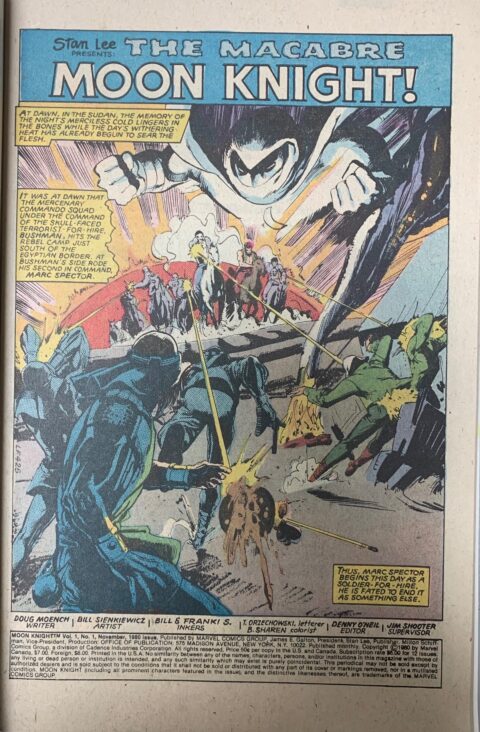
Sheldon Moldoff shows us the man who ended Batman’s career in this fun splash from Detective Comics #247. Man those Detectives from just before the Code and just after are tough to track down. From September 1957.
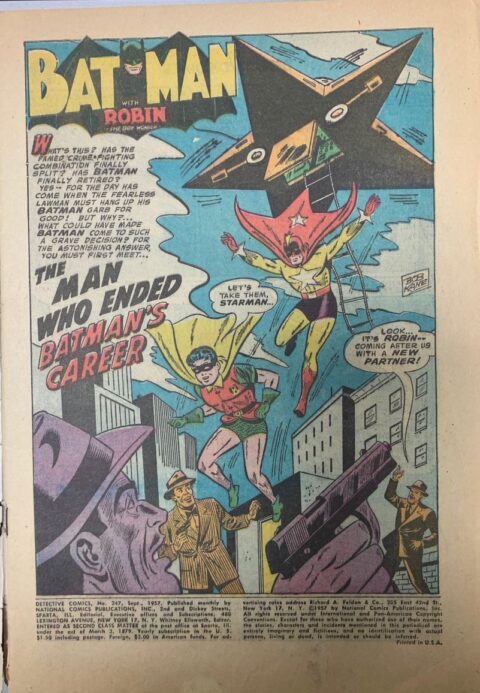
I can’t say I know Rick Hoberg’s work but I really do like this splash page from What If #10, from August 1978.
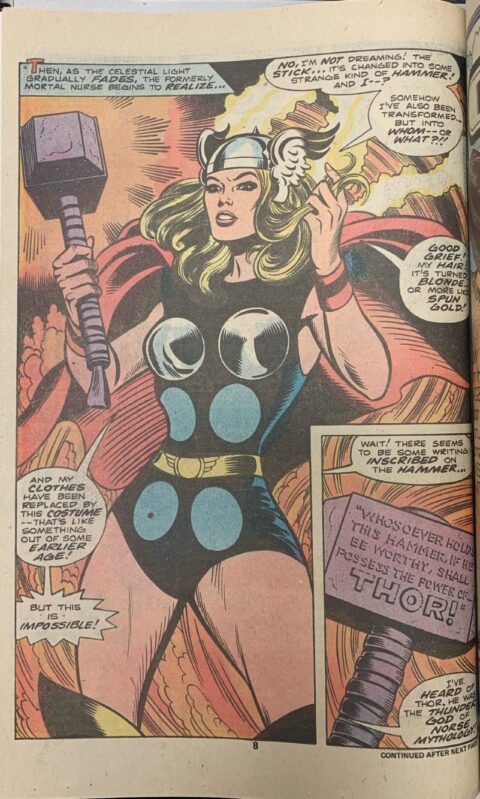
George Tuska prequels Tony Stark with this gripping splash from Adventures into Terror from April 1953.
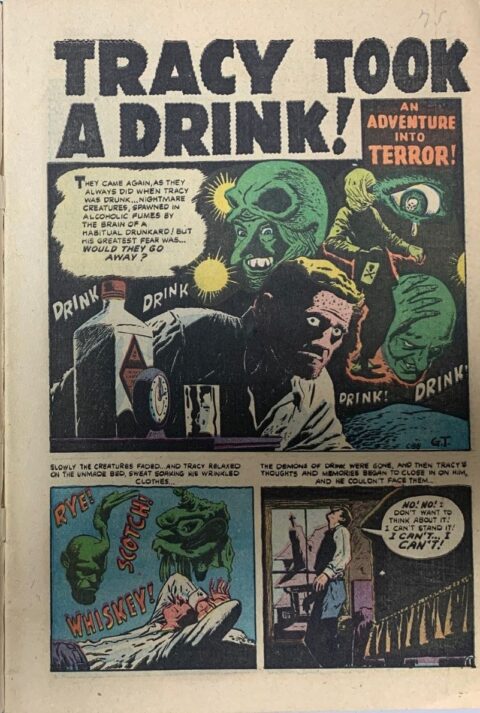
There’s great detail in this Reed Crandall splash from Modern Comics #66, from October 1947.
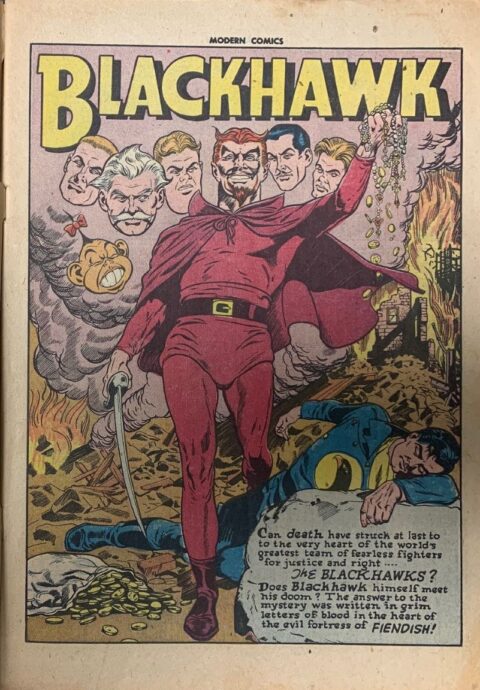
Dave Cockrum delivers a great splash in X-Men #107. This X-Men run really did help save comics. From October 1977.
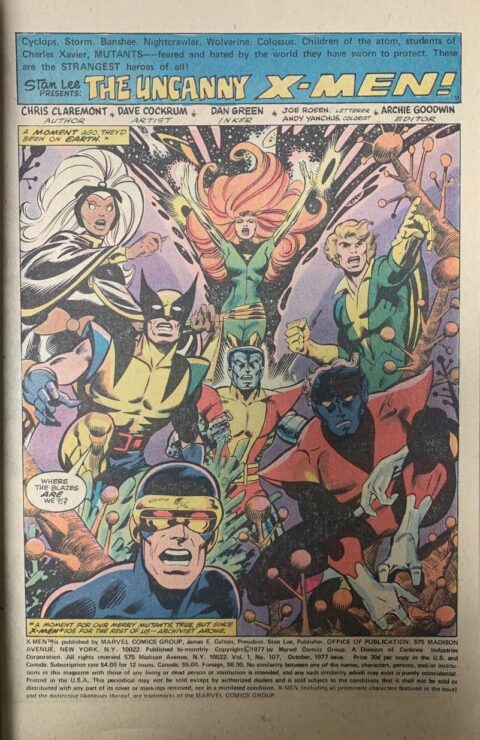

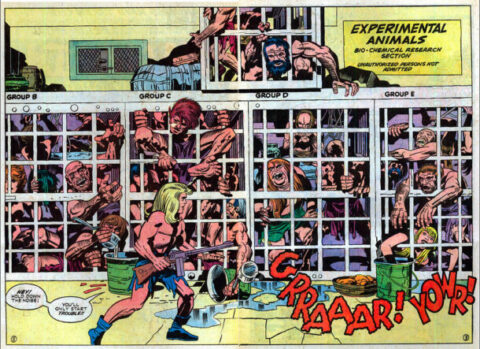
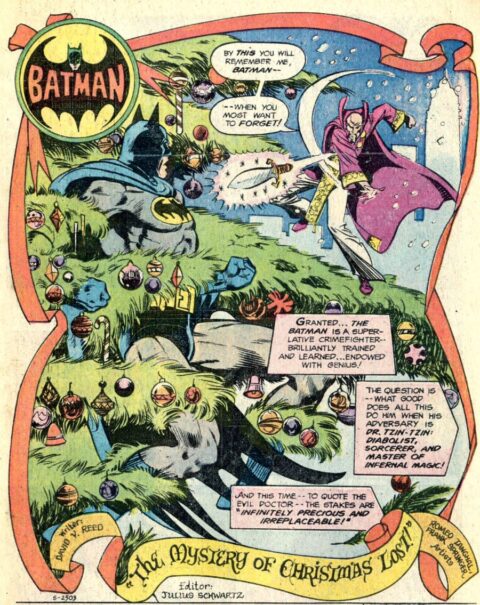
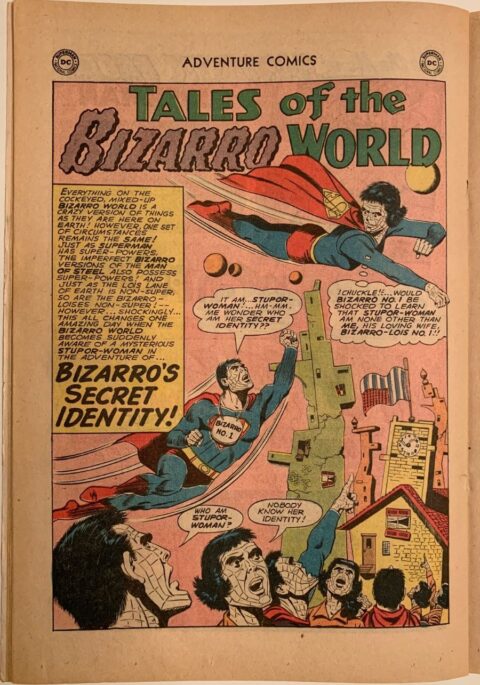
That What If? Lady Thor makes me eager to go find the What If? Archive that should have collected it. Looks like a fun story for sure.
Wow, what a great Tuska. At first it looks Wolvertonish, but Tuska took it in his own direction, kept the creatures more human. How many artists, like Bill Everett, wrestled with alcolhol addiction in those dark days of the 1950s, times of low pay and lower esteem from the public?
Great to see a Reed Crandall Blackhawk, there is honestly so many to choose from. My favorites are wartime Military (which became Modern) issues, but after the war Crandall still would provide great covers, splashes and stories. I just upgraded my Blackhawk #11 to Fine in the Heritage Sunday auction, and it was enlightening to look through it again. Behind an unusual checkerboard cover of team portraits, is a sharp Crandall story and also a great bad-girl jungle story by Bill Ward (Torchy). Blackhhawk excelled in sultry bad girls and Crandall and Ward obviously loved drawing them, a break fromall those guys in uniforms. Lady Blackhawk, whose first appearance was in #134, didn’t appear in every issue at all, so each time she did it was a treat, in her own uniform with a short skirt. That #134, her first appearance, is pretty pricey these days, considering how neglected Blackhawk in general remains.
The first issue of Blackhawk in his own title was #9…#1-8 was Uncle Sam Quarterly, a title that could warrant a column itself.
Much like Black Cat, who also started far earlier as a backup feature,, our boys in blue did not get their own title until 1946, when the paper shortage was over. But they had starred in Military, then Modern, for 102 issues, the later ones concurrent with their own title. This was just like Wonder Woman was doing as the cover & lead story in Sensation Comics, and in HER own parallel title.
There’s lots of Crandall in the early issues, but my favorites remain the last 52-page issues, circa #30-40. One even has a knight in shining armor cover, attacking Blackhawk. It looks like Crandall’s homage to Prince Valiant. Lots of great Crandall there.
Crandall did most covers to around #65. But the cool thing is the covers stayed fun up until DC took over with #108, and a bit beyond. They had giant war machines like the wild War Wheel, super-powered menaces, “commie” baddies and slick international gangs led by guys like Killer Shark, who would do return appearances.
For me the Tuska and the Crandall take the day! All the info on Blackhawk make me long for Mr. Meli’s input as the old Hawkster was one of his… ~cough~ … personal favorites!
Bud !
sorry , my good man , Lady Blackhawk was in #133 ! always love reading your responses !
Good eye Chris, and my fave of the week is that Jane Forster splash ! Maybe I’ll start picking a winner of the week !!
That’s what happens when I don’t double check my facts, Chris. Doggone. All these years and I don’t have a wonderful copy of that one issue.
Another book that was once a holy grail, an early key using today’s term, is Prince Valiant Feature Book #26. It sports an original cover, done for the comic cover by Hal Foster, his only work ever for comics. In 1941, it was the first time PV had ever been collected in one book. It collected the first 62 Sunday pages, skipping one for some reason, Like other major strips, it had been appearing, a few pages each month, in a reprint anthology title…in this case, Ace Comics, since May 1939.
I have a set of nearly all the original Sunday pages, put together long ago, so I let this puppy go by for many years. Then I ran into the Crowley copy of it. Unfortunately, unlike later Crowley copies that were often uncirculated, he was a bit younger when he got this. For whatever reason, he scrawled his name boldly across that special Foster cover. In black ink. Maybe it was around the other Fawcett guys and he didn’t want it swiped.
But hey, it was cheaper for the disfacement (not sure if the dealer knew whose name this was) and it was the famous Fawcett editor! So I got it. Then just this year, a very good friend passed away and I handled his collection for his widow. He had a handsome VG copy, with an unmarked cover. So now I have two, one an interesting tie-in, the other that admittedly looks pretty cool in its virgin state.
Of course, after all these years of PV archives (I think I sold every one in my business, even ones as obscure as the boxed, single-page portfolios produced in Germany, and in German), the value on this once prized book flattened out years and years ago. In FN its $500, in VFN its $1075, but I bet there are not many of those. CGC lists only 11 higher graded than FN-.
Sorry guys, can’t figure out how to post a picture of the Feature Book here. But here’s a link.
https://comics.ha.com/c/item.zx?saleNo=110121&lotNo=11137&ic16=ViewItem-Auction-Archive-PreviousPricesHeritage-081514
Cover for Feature Book (David McKay, 1936 series) #26
Blackhawk #9 (#1) actually hit the stands late in 1944 and is dated Winter 1944 when it should have been dated Winter 1944-45 or just Winter 1945. In the Golden Age, some companies dated their Winter issues for December; some dated their Winter issues for the first full month of Winter in January. The copyright date (1944 in the case of Blackhawk #9) reveals the truth.
Blackhawk #9 parallels Military Comics #35 (January 1945) and issue #10 is dated Spring 1946 and this parallels Modern Comics #47 (March 1946). Other titles named for a single character offer an explanation of why the second issue of Blackhawk took more than a year to appear. One can only speculate that paper rationing likely had something to do with the mysterious Blackhawk gap.
Plastic Man #1-2 were undated 1943 and 1944 issues and listed as Vital Publications instead of Quality. Plastic Man #3, under the Quality Comics logo, is dated Spring 1946 Dollman #7 is dated Fall 1943 and #8 is dated Spring 1946. Uncle Sam #8 is dated Fall 1943 and it took more than a year to change Uncle Sam to Blackhawk #9. None of Quality’s anthology titles — Feature, Smash, Crack, Hit, National and Police — had any such long gaps in publication.
Blackhawk #9-107 (the entire Quality run) was the first title for which I completed an entire long Golden Age run. I recall noticing late in 1956 when I bought #108 that DC had taken over. An 8-year-old eagle-eyed (and obsessive!) future comics historian — that was me!
Michelle, the war era quarterlys always intrigued me, three months was a long time for a kid to wait for the next issue. Nice work on the Blackhawk run, do you remember where and whe you got the last issue that completed the run?
I certainly don’t remember that, my final issue of Blackhawk, nor that of just about any title. Hmmm…selective memory.
But speaking of Golden Age quarterlies, Uncle Sam is a terribly under-rated title. The first two issues have covers and stories inside by Will Eisner, who seems to have done much of the first issue by himself or from his studio, and by the amazing Lou Fine. They are simply wonderful books. #1 has stories as well done as any Spirit Sunday supplement, a whole bunch of them! Eisner and friends really knocked those two out of the park.
But the problem with quarterlies is continuity, perhaps with stories, but moreso with the artwork. By #3 the creators doing Uncle Sam were an entirely new crew, and the other issues each feel like a one-shot annual rather than a title with much continuity. Whoever had time would do a story or a cover. Artists changed willy-nilly and I think that killed the title, not just the war coming to an end.
Dollman also began as a quarterly and has the same strange continuity. Rudy Palais does almost an entire issue by himself. Lou Fine was not fast enough to do these, but he had drawn nearly all of the first Dollman stories in Feature Comics, little six-pagers. Fortunately Reed Crandall…there’s my man again…came along in both Feature, and Dollman, and in Military on Blackhawk, and gave Dollman and Blackhawk good continuity, artistically.
DC’s Comic Cavalcade was quarterly through #13, then went bi-monthly in 1946. Highly successful, I would guess, imitating the standard anthology format from the early days of comics, but with known, popular characters sharing the covers. Green Lantern, The Flash and Wonder Woman. And offering way more pages for .15 cents instead of a dime. They are much like our Silver Age annuals from the sixties, except always with new material. The bigger size. .25 and then .50 cent formula worked again in the sixties, with reprints & new material from Marvel, and all-reprint from DC in those beloved 80-Page Giants.
DC’s World’s Finest did exactly the same as Comics Cavalcade…a fat .15 quarterly through #20, Winter 1945-46, then it went bi-monthly. The end of the wartime paper shortage surely helped get these out more frequently. But clearly DC had the formula down pat. Their two biggest heroes, Superman and Batman, carried that title, starring on every cover, right into the Silver Age. That’s what, a 30-year or more run? Amazing!
I for one would be very curious to learn about more quarterlies. But Walter, I agree with what you hinted at, the infrequency might have been a death knell for unique offering, solo appearances, maybe even lesser anthologies from lesser companies. Uncle Sam still ran in National Comics every month, and Dollman continued to headline in the monthly Feature Comics. So I would speculate quarterlies were most successful at expanding the appearances, supplementing them, beyond the successful, mostly monthly titles.